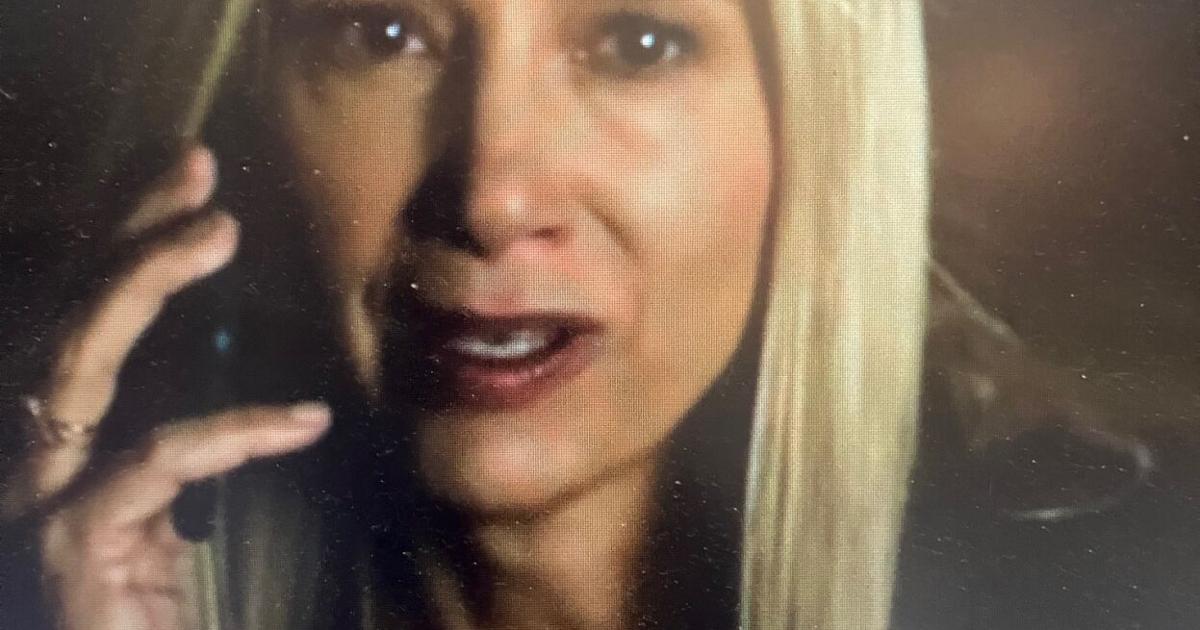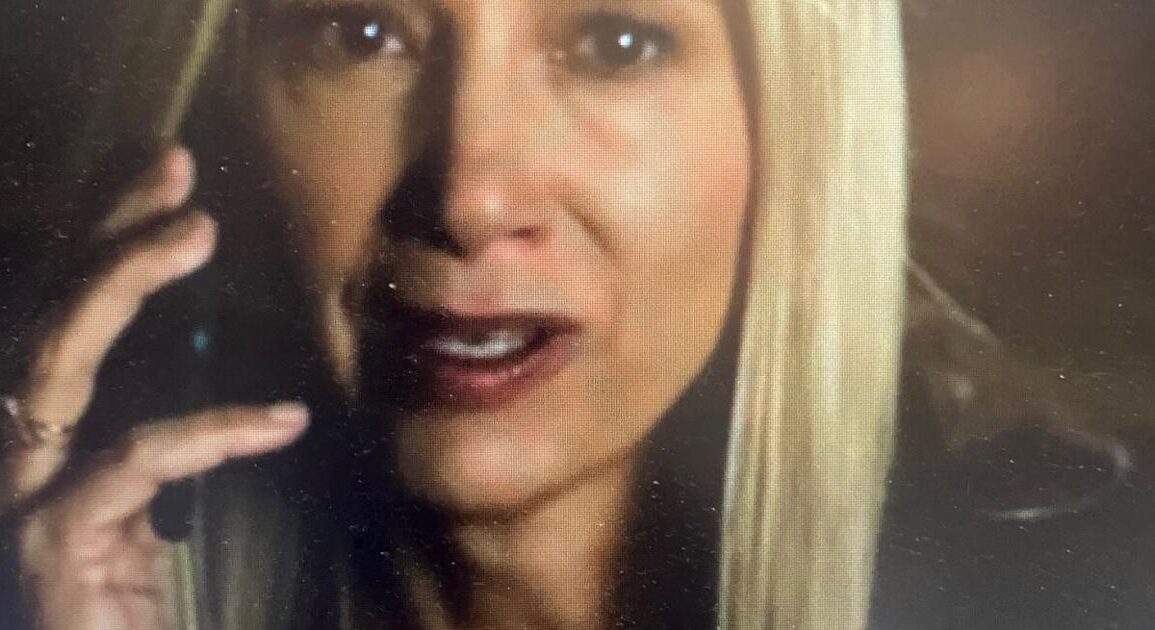
Oklahoma City — Over the past two weeks, I have shared some critical information on the horrors of human trafficking.
This conversation, brought to the forefront by the recent movie “The Sound of Freedom,” has sparked many people to look for ways to support victims and help with prevention.
From the United States Department of State, we know traffickers in the U.S. often prey upon children in the foster care system. Recent reports have consistently indicated that many victims of child sex trafficking were at one time in the foster care system and have ether aged out or fled from the system.
People may also be vulnerable to human trafficking if they:
* Have an unstable living situation; have previously experienced other forms of violence (such as sexual abuse or domestic violence).
* Are undocumented immigrants.
* Are experiencing poverty or unmet economic needs.
* Are addicted to drugs or alcohol.
* Or have a caregiver/family member who has a substance abuse issue.
Traffickers who exploit people for forced labor do not discriminate. Unfortunately, neither do employers who use these victims for labor.
Victims can be any age, race, religious affiliation, gender identity, or nationality. They may also come from any socioeconomic group.
While forced labor is an international crisis, it also does occur in the United States.
Despite our nation’s system of law under the Constitution which explicitly bans forced labor, the practice exists and persists even today.
Victims of forced labor in the United States can be citizens, or they can originate from any region of the world, regardless of whether they have entered the United States with or without legal status.
Traffickers frequently target vulnerable populations, such as children, individuals without lawful immigration status, those with debts, and those who are isolated, impoverished, or disabled, to name a few.
As of June 23, 2021, the U.S. Department of Labor’s List of Goods Produced by Child Labor or Forced Labor comprised 155 goods from 77 countries.
Gold, bricks, and sugarcane were the goods most listed as being products of forced labor, while bricks, cotton, and garments were those most listed as being produced by child labor.
Despite the misconception that most forced labor victims in our country are here illegally, a study by the National Institute of Justice found that 71% of those experiencing forced labor in the United States entered the country on lawful H-2A and H-2B visas.
The Victim Services Unit in the office of Oklahoma Attorney General Gentner Drummond supports crime victims and their families by providing information, connection to local services, and direct assistance throughout the criminal process. This division is committed to ensuring victims know their rights and are treated with the utmost respect. If you have questions or concerns, please call (405) 521-3921.
If you think someone’s life or safety is in immediate danger, call 911. If you suspect someone is the victim of human trafficking, then please contact the Oklahoma Bureau of Narcotics and Dangerous Drugs Human Trafficking Hotline at (855) 617-2288.
Additionally, a national non-governmental organization (NGO) runs the National Human Trafficking Hotline, which receives funding from the U.S. government and nongovernmental sources. Callers reach this national hotline by dialing 888-373-7888, texting 233733, or initiating online chats from their website.
I want to thank state Senator Darrel Weaver of Moore for requesting a legislative interim study to review best practices on helping reduce the issue of human trafficking.
By raising awareness, hopefully we can all together reduce this horrific practice.
Notes: This is the third and final part in Joe Dorman’s series of essays on the Horrors of Human Trafficking. Joe is chief executive officer at The Oklahoma Institute for Child Advocacy. The group is celebrating its 40th Anniversary in 2023. The organization was established in 1983, according to its promotional literature, “by a group of citizens seeking to create a strong advocacy network that would provide a voice for the needs of children and youth in Oklahoma, particularly those in the state’s care and those growing up amid poverty, violence, abuse and neglect, disparities, or other situations that put their lives and future at risk.” The group’s mission statement: “Creating awareness, taking action and changing policy to improve the health, safety, and well-being of Oklahoma’s children.” Pat McGuigan of The City Sentinel newspaper prepared this story for posting, and selected the photographs presented with it.
This post was originally published on this site be sure to check out more of their content.









